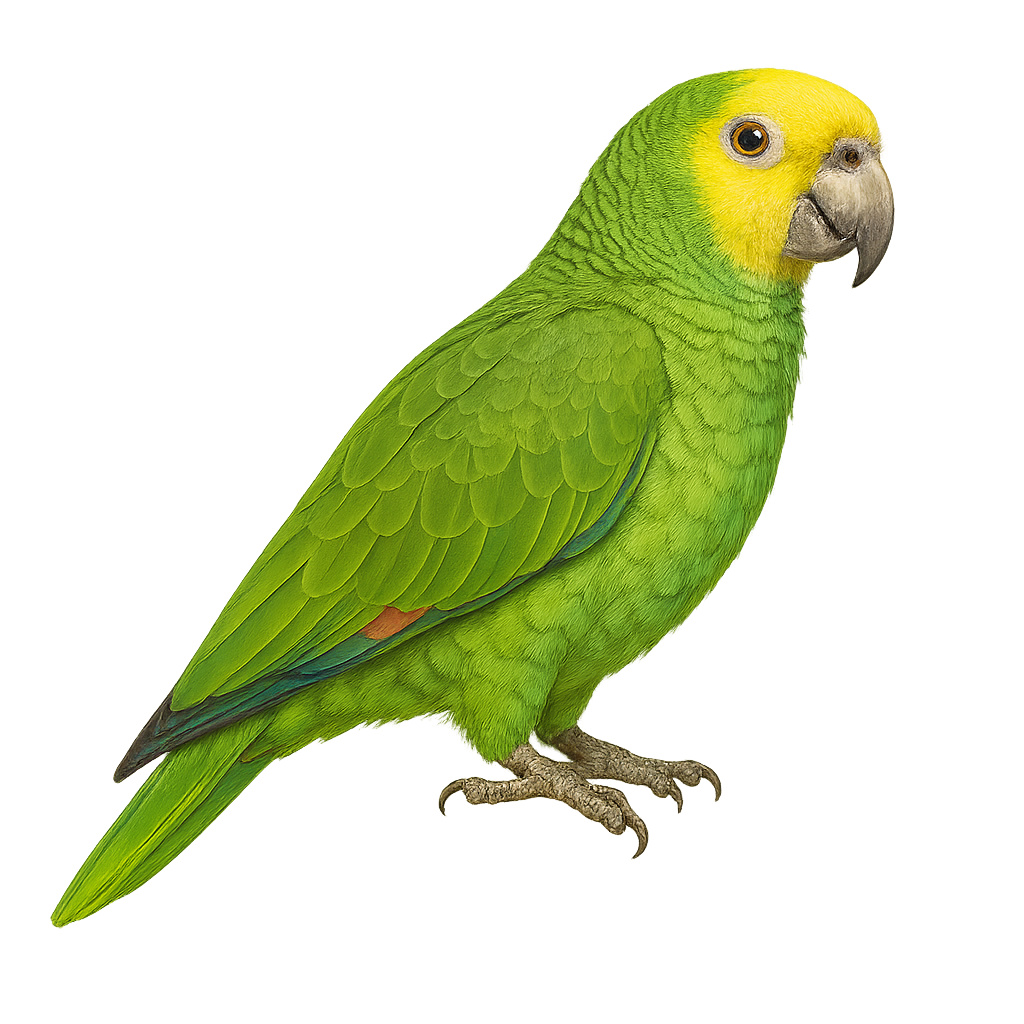Your wildlife photography guide.
Explore the yellow-shouldered amazon in detail, study its behavior, prepare your shots.
Where to observe and photograph the yellow-shouldered amazon in the wild
Learn where and when to spot the yellow-shouldered amazon in the wild, how to identify the species based on distinctive features, and what natural environments it inhabits. The WildlifePhotographer app offers tailored photography tips that reflect the yellow-shouldered amazon’s behavior, helping you capture better wildlife images. Explore the full species profile for key information including description, habitat, active periods, and approach techniques.
Yellow-shouldered Amazon
Scientific name: Amazona barbadensis

IUCN Status: Vulnerable
Family: PSITTACIDAE
Group: Birds
Sensitivity to human approach: Suspicious
Minimum approach distance: 10 m
Courtship display: April to June
Incubation: 24-26 jours
Hatchings: April to July
Habitat:
Dry forests, mangroves, savannas
Activity period :
Primarily active during the day, with peak activity in the morning and late afternoon.
Identification and description:
The Yellow-shouldered Amazon is a medium-sized parrot, measuring about 33 cm in length. Its plumage is primarily green, with yellow hues on the shoulders and head. This species is endemic to the islands of Barbados and some coastal regions of Venezuela. It mainly inhabits dry forests and mangroves. The Yellow-shouldered Amazon is known for its ability to mimic sounds and its sociability. Unfortunately, it is threatened by habitat loss and illegal trade. Conservation efforts are crucial to ensure its survival.
Recommended lens:
400 mm – adjust based on distance, desired framing (portrait or habitat), and approach conditions.
Photography tips:
To photograph the Yellow-shouldered Amazon, it is advisable to use a telephoto lens of at least 400mm to capture precise details without disturbing the bird. The best times for photography are early morning or late afternoon when the light is soft. Be patient and discreet, approaching slowly to avoid scaring it. Observing its behavior can also provide unique opportunities to capture social interactions or playful moments.
From knowledge to field practice
A species profile helps you understand an animal. In the field, the challenge is often different. Remembering your own observations.
The WildlifePhotographer app allows you to:
• record your personal observations
• note locations, dates, and behaviors
• revisit your field references over time
• build a private and long-term field logbook
The app does not provide observation locations.
It helps you organize what you actually observe, with respect for wildlife.

